Nationality United States Role Physicist | Name Owen Chamberlain Fields Physics Notable students Henry Stapp | |
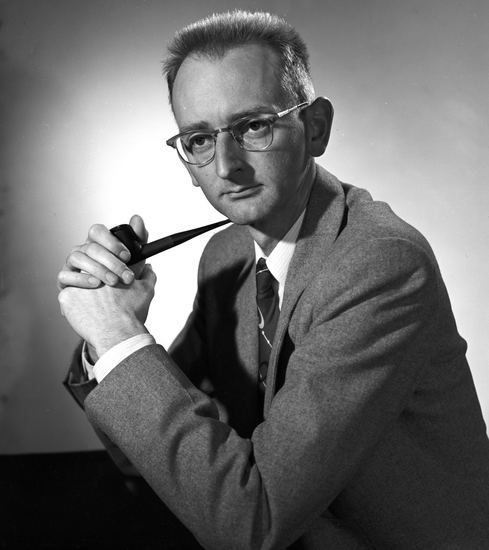 | ||
Born July 10, 1920San Francisco, California, USA ( 1920-07-10 ) Alma mater Dartmouth CollegeUniversity of California, BerkeleyUniversity of Chicago Education University of Chicago (1949), University of California, Berkeley, Dartmouth College, Germantown Friends School Similar People Emilio Gino Segre, Enrico Fermi, Henry Stapp, Herbert York, Ugo Fano | ||
Owen Chamberlain | Wikipedia audio article
Owen Chamberlain (July 10, 1920 – February 28, 2006) was an American physicist, and Nobel laureate in physics for his discovery, with collaborator Emilio Segrè, of the antiproton, a sub-atomic antiparticle.
Contents
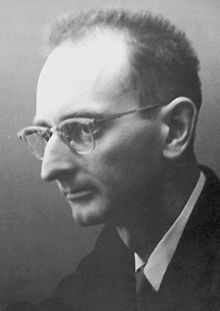
Biography
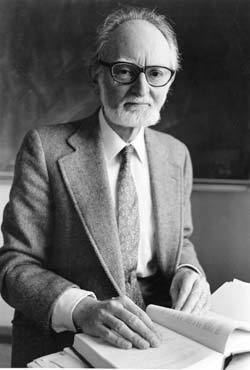
Born in San Francisco, California, Chamberlain graduated from Germantown Friends School in Philadelphia in 1937. He studied physics at Dartmouth College, where he was a member of Theta Chi Fraternity, and at the University of California, Berkeley. He remained in school until the start of World War II, and joined the Manhattan Project in 1942, where he worked with Segrè, both at Berkeley and in Los Alamos, New Mexico. He married Beatrice Babette Copper (d. 1988) in 1943, with whom he had four children.
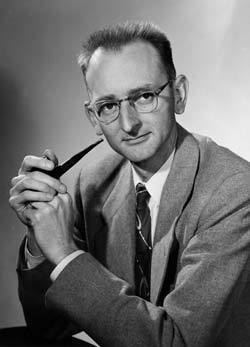
In 1946, after the war, Chamberlain continued with his doctoral studies at the University of Chicago under legendary physicist Enrico Fermi. Fermi acted as an important guide and mentor for Chamberlain, encouraging him to leave behind the more prestigious theoretical physics for experimental physics, for which Chamberlain had a particular aptitude. Chamberlain officially received his Ph.D. from the University of Chicago in 1949.
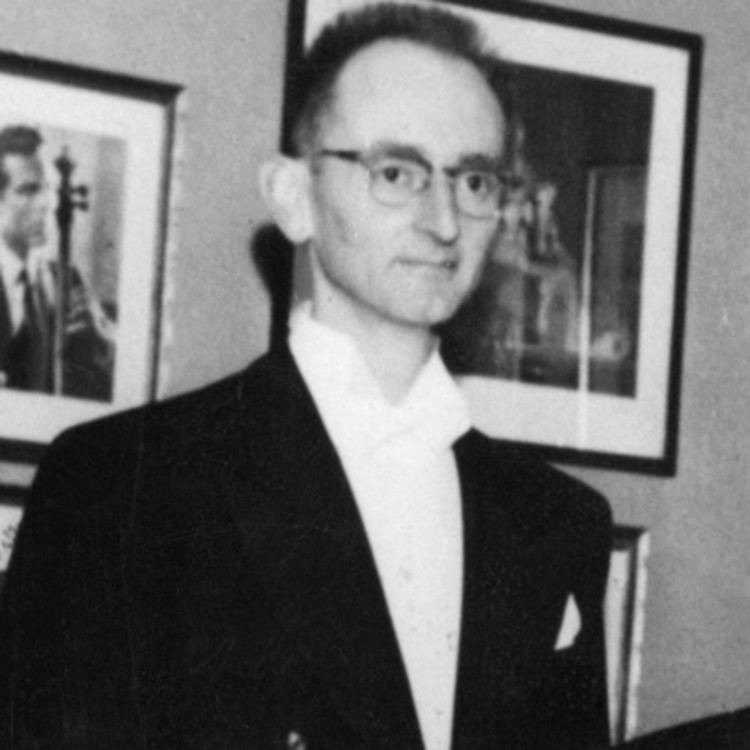
In 1948, having completed his experimental work, Chamberlain returned to Berkeley as a member of its faculty, where he, Segrè, and other physicists investigated proton-proton scattering. In 1955, a series of proton scattering experiments at Berkeley's Bevatron led to the discovery of the anti-proton, a particle exactly like a proton except negatively charged. Chamberlain's later research work included the time projection chamber (TPC), and work at the Stanford Linear Accelerator Center (SLAC).
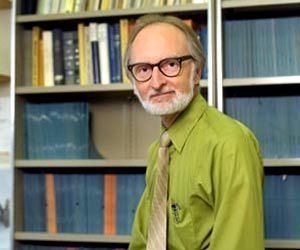
Chamberlain was also politically active on issues of peace and social justice, and outspoken against the Vietnam War. He was a member of Scientists for Sakharov, Orlov, and Shcharansky, three physicists of the former Soviet Union imprisoned for their political beliefs. In the 1980s, he helped found the nuclear freeze movement. In 2003 he was one of 22 Nobel Laureates who signed the Humanist Manifesto.
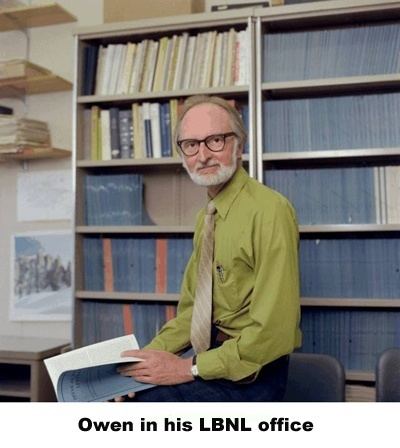
Chamberlain was diagnosed with Parkinson's disease in 1985, and retired from teaching in 1989. He died of complications from the disease on February 28, 2006, in Berkeley at the age of 85.
Chamberlain plays a central role in Jacob M. Appel's Sherwood Anderson Award-winning short story, "Measures of Sorrow".
